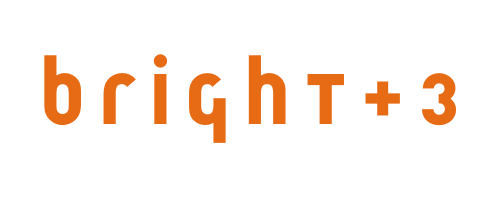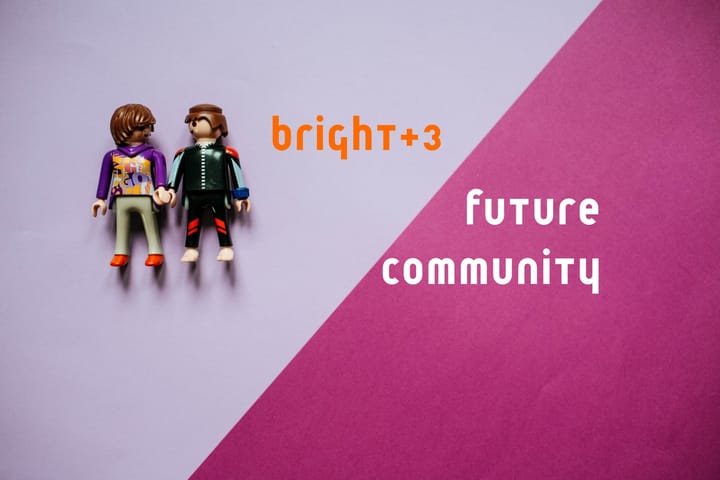Our power to connect and create
Are we selling short our power to create belonging and community? To connect people instead of isolating them? On crafting meaningful communications in a flood of words and images.

Every word is like a drop of water. Sentence by sentence they can, like streams, carve canyons. And they can wipe people away when gathered up en masse, like a flood, or, as with a hose, put under extreme pressure.
The prevalence of photos, videos, and bits and pieces of a stories that exist out of conversation and out of context seems to harden the blow of every word.
In the prologue to his most recent book, To Save and to Destroy: Writing as an Other, Viet Thanh Nguyen writes:
Stories and language have always been weaponized by individuals and societies, and anyone who has ever been marked as an other or outsider knows well the capacity of words, images, and narratives to caricature, marginalize and eliminate, actions of symbolic violence that justify and foreshadow the physical violence conducted against those deemed less than human.
Sit with this sentence for a bit. Consider how words and images are used to take power and relevance from people.
A person can be illegal, for instance. Or a refugee. With one word the context of their creation, childhood, existence, learning and friendships get erased or, perhaps worse, summed up for fast and simple processing. Onto the next illegal. The next refugee.
Those of us who work as writers, creators, reporters, storytellers, and audience builders (to name a few roles) wield extraordinary power to shape how our readers, viewers, listeners, and members make sense of not just our characters, real or imagined, but the neighbors, communities and world around us.
Nguyen's book is a print version of lectures he delivered in 2023 and 2024 to Harvard University's Norton lecture series. Nguyen was certainly reflecting on recent American politics and communications. He's also speaking to decades and centuries of weaponized language coming from the US and other nations.
None of us str strangers to the impact weaponized language has on culture, politics, and economies. We live in a time of hyper-story. We can consume images and sounds without end if we choose. And often if we don't choose it. Narratives rain down us like we are rocks at the bottom of a waterfall.
Our own communications strategies are part of this constant flood and flow. Every email to our list, each Instagram or TikTok post, the videos and podcasts, every headline and blog post and pop up window–they join the flow and have some power to push the rocks of our understanding one way or the other.
This isn't about saying less, sending less, or posting less. It's not a call for slow communications. How would that even work?
It is a call to consider the information environment, how it can guide people, and how content and communications needs care and intention if it is to create the sort of belonging and community that stands up to marginalization, othering, and violence.
I often speak about the need for organizations to provide value to supporters. And to communicate with connection in mind. This is a way of translating what many (like Lars Jensen) in and around journalism call user needs.
In a Nieman Lab prediction for 2025, Dmitry Shishkin, CEO of Ringier Media, wrote about user needs:
It’s wonderful to have specific brand needs like “Help me discover new ideas,” “Orient me,” “Help me relate,” “Bring clarity,” “Enrich my life,” “Motivate me,” “Show me the impact.” And it doesn’t matter if you call them user needs or user modes or user motivations. They all, however, align with the fundamental “know-understand-feel-do” model. The real question is: Why do your newsrooms still believe they can adequately engage your audience without meeting these foundational news needs? And why do we insist on treating audience engagement so narrowly by design?
If newsrooms, which exist to report the story, can shape their path towards audience engagement (and relevance) around the needs of readers, viewers, and the community then why can't or shouldn't nonprofits do so as well.
Talking about user needs can seem thousands of miles away from Viet Thanh Nguyen's description of language as a source of othering and violence.
There is an alliance, however, between content, stories and (yes) advocacy communications that provide tangible value to people and stories that increase belonging.
When connect when we live in community, trade services, talk with one another, depend on each other's skills, ideas and wit. A nonprofit's 100,000 email strong newsletter doesn't seem like a place to connect the people who, behind those email addresses, are spread across a continent or two.
But what if that newsletter gave people guidance, solutions, stories by and for each other? Not just calls to action.
Are we selling short our power to create and connect? At the worst time? We may be doing just that.
Top photo by Jodie Righos on Unsplash.


